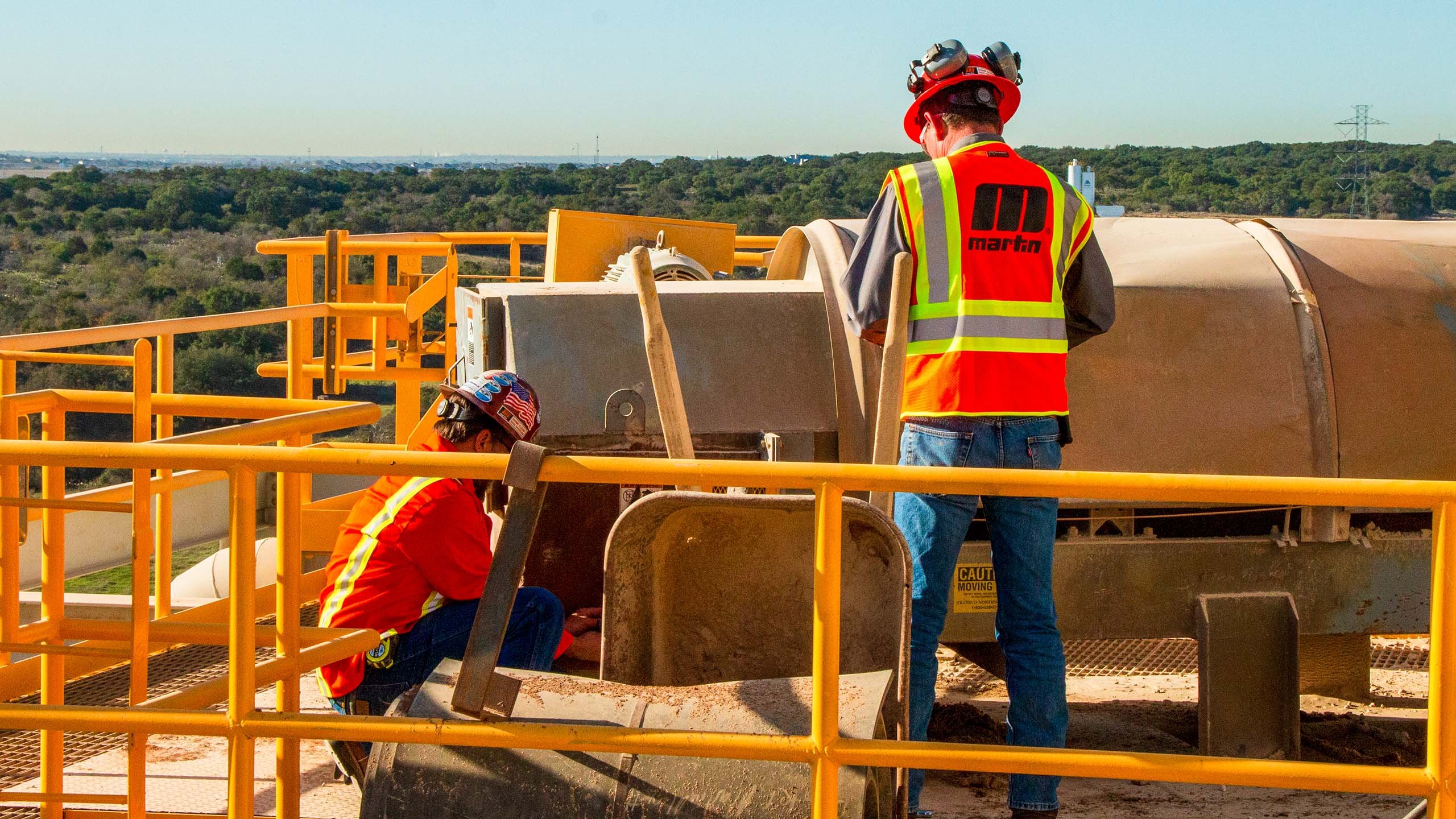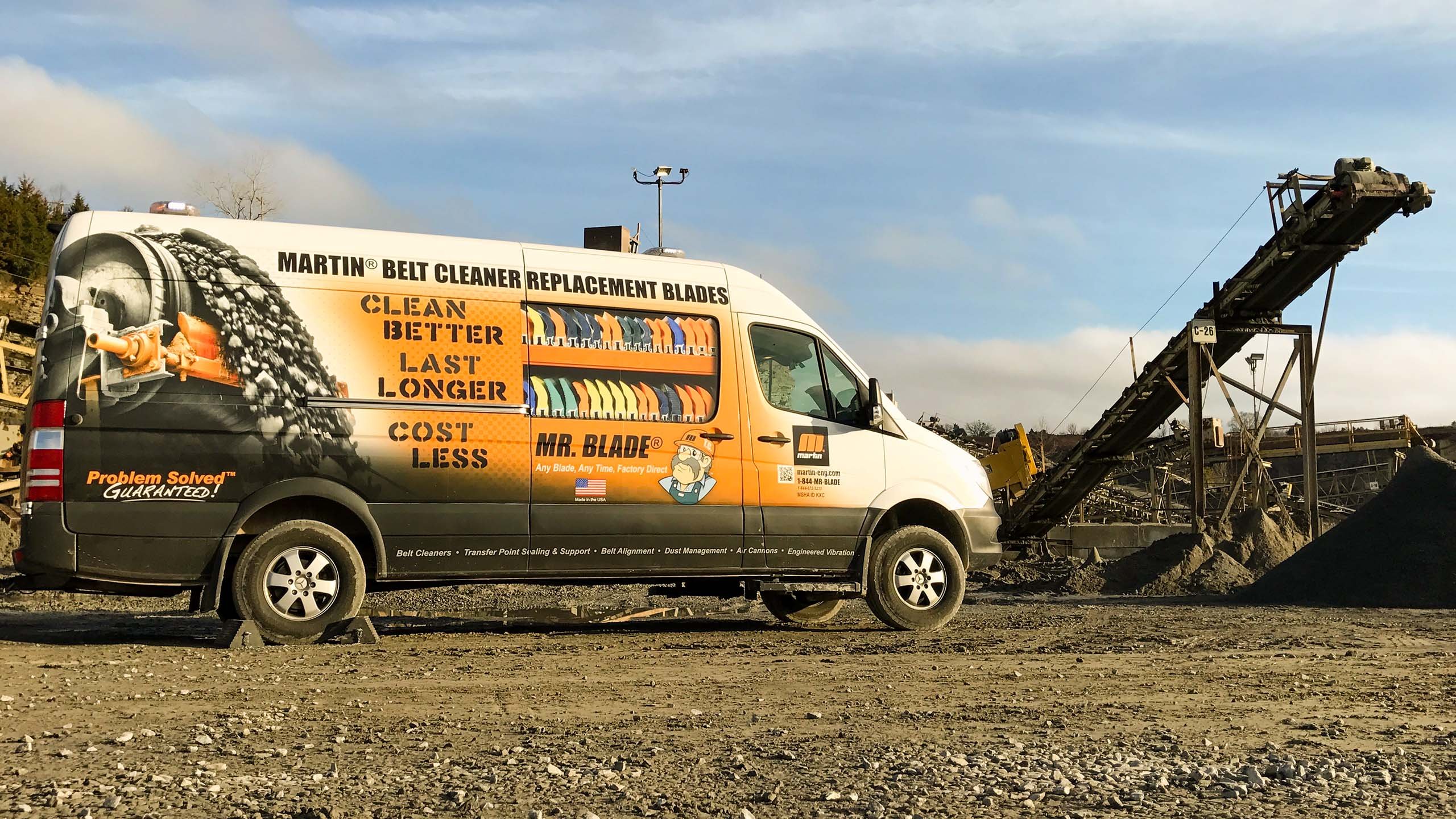A Different Set of Eyes: Using Outside Contractors to Walk the Belt
It is becoming more difficult for regular plant employees – either production personnel or maintenance staff – to find the time for regular service activities like conveyor inspections and routine adjustments.
There can be other problems with “walking the belt” – for whatever purpose – within in-house personnel. A person who is familiar with an operation may be conditioned to see only what they expect to see, rather than what they should be looking for. A plant operations or maintenance worker who has lived with a problem might actually believe that that is standard operating procedure or an acceptable condition. There is also the danger that a problem may be “missed” in the survey, because the person conducting the survey knows that he or she will be called on to fix the problem: the project will be another “dirty job” added to the employee’s list.
A regular walk of the conveyor belt(s) is an effective way to assess the system, catalog its components, and identify areas that need service or offer opportunities for improved efficiency.
One solution is the use of contract personnel for this routine maintenance: data census, site survey, and routine maintenance activities. Outsourcing has several advantages. The first is that the conveyor can be surveyed without requiring the attention of plant personnel: they are free to go about their usual tasks. A second advantage is that the outside surveyor can be an expert in proper conveyor practices and current governmental regulations. This objective resource will be able to tell plant personnel when the “standard” plant practices are not the best way to do things.
Although the belt walks can be useful tools for plant maintenance personnel, they can be even more useful when using an outsourced maintenance service. A plant could give the survey results to a maintenance contractor as a “to do” list. This would give the maintenance contractor focus and direction, while providing much of the useful information needed to correct the problems.
Safety for Outside Personnel
Contract personnel must be safety trained just like regular employees. In fact, it may be more important that they are trained, as they will not have the experience and the reinforcement of everyday exposure to the capabilities and limitations of the equipment. It is imperative to make sure they know.
What to look for in an outside contractor
It is important that outside contractors be familiar with the kind of systems they will be looking at: A plumber should not be asked to fix the plant electrical system. Unskilled or inexperienced contract laborers may not provide any benefit; they might not know what to look for or what they are seeing. More experience will cost more but provide a real benefit. A basic understanding of conveyors operating in similar industries is helpful. It is important that the expertise be found in the individual(s) who will actually perform the work, and not just in the person who sold the service. It is better if the personnel already have the skill set – and the tool set – to perform the required service when noted, rather than having to get permission and then go back to perform it later.
These outside resources are, by definition, not employees of the operation. But they will need to take ownership of the conveyor system and of the plant’s efficient and productive use of that system. They must demonstrate a dedication to the operation and to their responsibilities and duties. Wisely chosen and effectively used, these outside personnel will improve the conveyors and add value to the operation.
See Also: Using Outside Resources for Belt Conveyor Inspection Part 2.





















Leave Comment